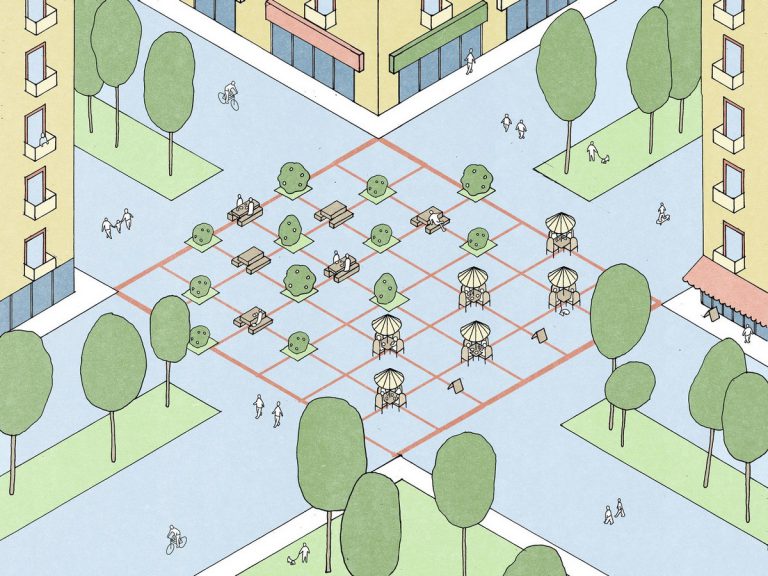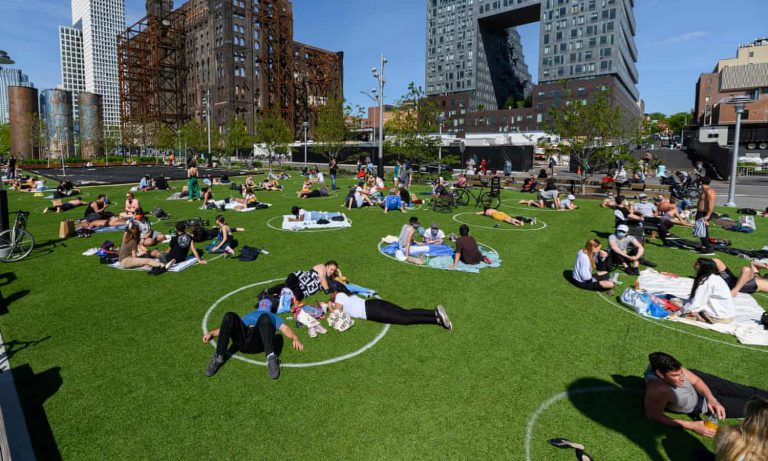REDEFINING THE ROLE OF URBAN AND GREEN SPACES AMIDST THE PANDEMIC
Against the backdrop of the current pandemic landscape, a new concept of public spaces has emerged in the urban landscape of cities across the globe. An image that, despite being so rigorously imposed on the users of these public spaces, has left a question mark in the minds of many. The question is – how are the urban and green spaces being used in this era of unprecedented lockdowns? Do they even have any evident relationship between them as of today?
Delving Deeper into the Role of Urban and Green Spaces
It is interesting to note that the urban trend of using green public spaces has significantly changed globally in this COVID stricken time. The conscious effort being put in by the layman to utilize this space as perhaps an escape from being stuck at home is reshaping the entire concept of public spaces and the intensity of their usage. Whether one refers to the green spaces or built spaces such as the corporate or the hospitality sector, with the constant fluctuation of working from home or dining in, the manner of the functionality and durability of these spaces in the pandemic landscape has marginally changed and brought about a transition to the urban landscape of the city. The connecting elements between these two typologies of spaces, whether tangible or intangible, it is interesting to note the silent effort being made to bridge the gap between these two types of spaces.
Understanding this transition involves firstly understanding the way urban and green spaces have been constructed for the users in the first place and affect their daily lives as social nodes. To decipher how these spaces have almost inadvertently changed themselves due to intangible factors is a good place to start. The concept of social distancing as the dominant intangible factor has phenomenally changed the functionality of public spaces ultimately altering the quality and quantity of urban life. The public spaces did have a resounding presence before the arrival of COVID and the 2-meter hiatus, however, in the current pandemic landscape, the commodified use of these spaces has also marginally increased. Green spaces too have given a rise to the influx of commercial small-scale activities that resonate around them. Whether it is a simple walk in the park or even a monthly cycling event, it is inevitable to not come across throngs of people that perhaps would not have used these ‘pseudo-public spaces” before COVID announced its untimely arrival. It can be argued that these civic spaces have almost subconsciously responded to the situation in a plausible manner to ensure vulnerable communities receive the necessary support in this time of financial uncertainty. However, it must be reiterated that rethinking how public spaces are being used and have been reshaping the urban landscape as a global phenomenon needs to be given due diligence.

Rethinking the Process?
This rethinking process can potentially be designers and architects coming together to coherently produce solutions that can aid in the smooth functioning of public spaces that are in a way user definitive. These spaces during the prevalent pandemic landscape can provide the users with a platform that serves not only as a ‘third space’ for them to relax in or respond to in their own fashion, but also provide a profitable space for the ever-growing street-food culture of the city. This serves as an integral means of bridging the gap between the urban and green spaces situated within a city and enhancing their true purpose with a new user-definitive one.

Domino Park _©Noam Gallai_Getty Images
To say that the essence of space has changed considerably over the past year across the globe would be vague. The communal aspect of these spaces that were previously being withheld due to considerable cultural nuances has not only changed in terms of equitable access for people coming from various socio-economic backgrounds but has virally increased the public’s paradoxical reliance on virtual spaces being translated as green spaces during the pandemic.
Source: https://www.re-thinkingthefuture.com/covid-and-architecture/a5925-redefining-the-role-of-urban-and-green-spaces-amidst-the-pandemic/
